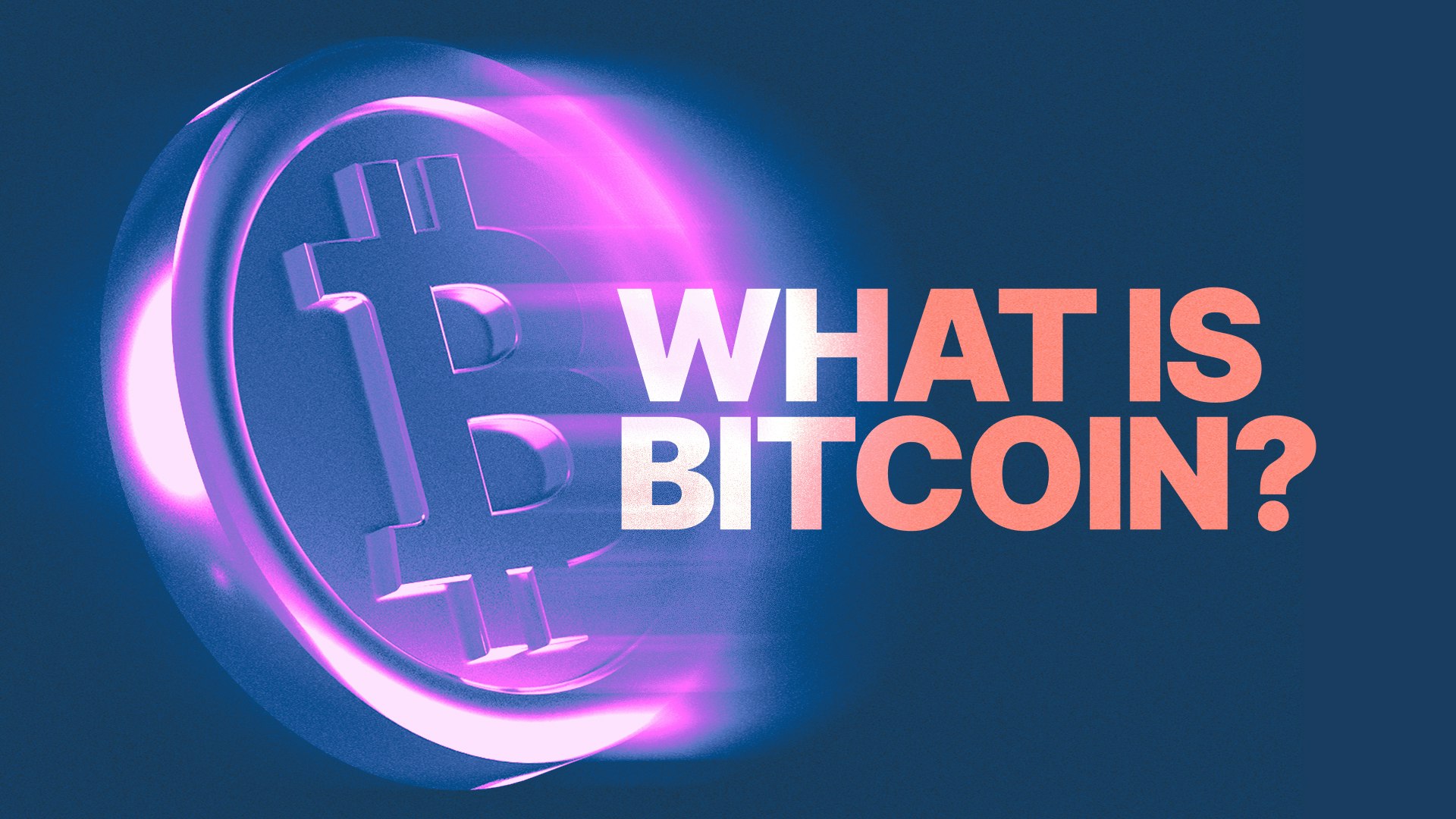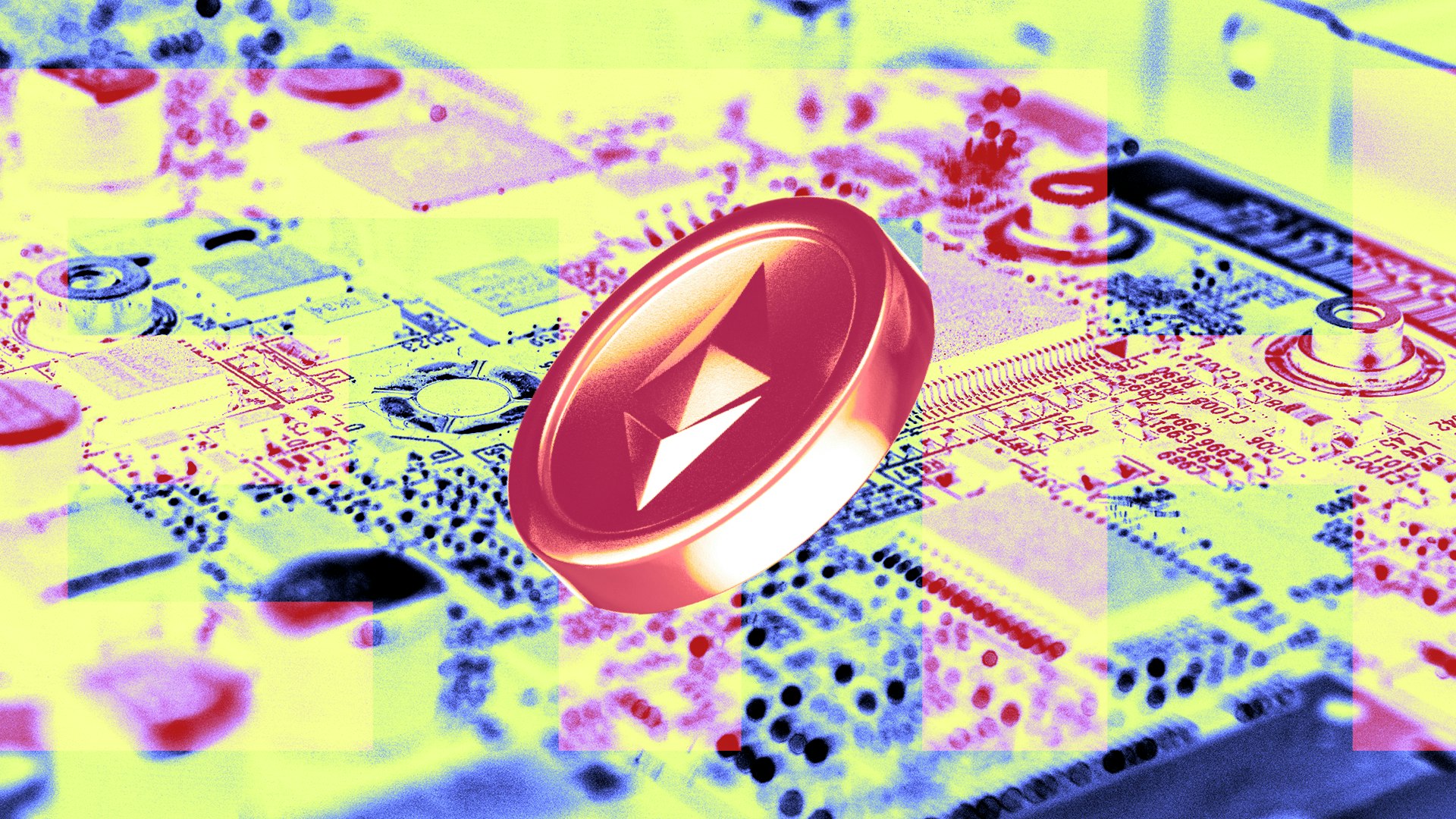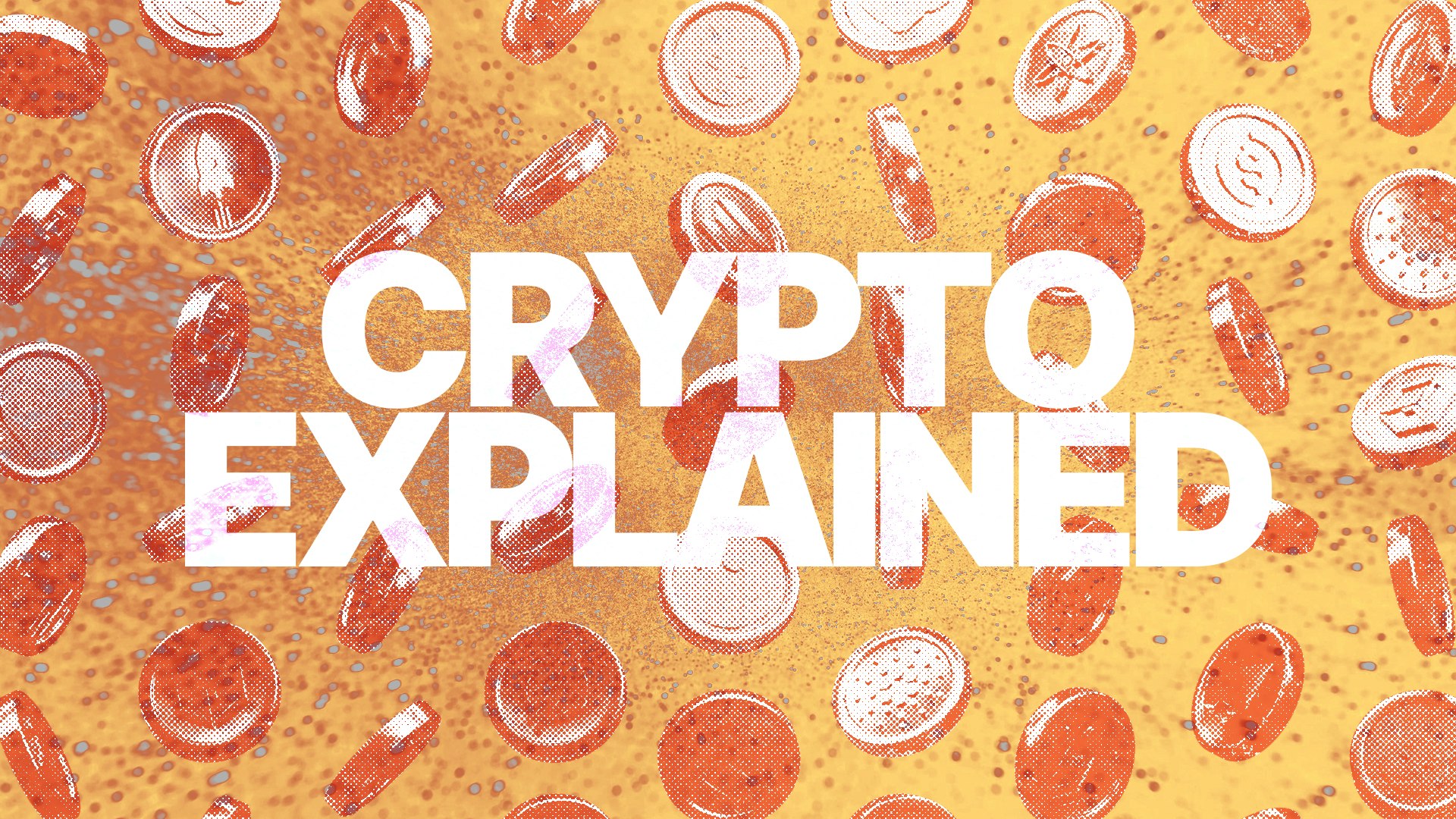Coming soon to the USA! While our services may not be available yet, sign up now to stay in the loop as we bring our innovative crypto solutions to America.
The Psychology of Crypto Trading: Why We Make Irrational Decisions
The psychology of crypto trading: Here are some ideas on how to avoid mistakes.
In this article...
- Do emotions affect trading decisions?
- What are the most common irrational decisions when trading cryptos?
- Here’s how to regulate your emotions around buying and selling.

Cryptocurrency trading has become one of the most exciting (and volatile) activities in recent years. With massive price swings, overnight millionaires, and high-profile crashes, it’s no wonder that emotions often run wild in this space. But why do so many traders make irrational decisions, even when they know better?
The answer lies in behavioral economics and psychology. Let’s dive into the science behind these impulsive choices, explore real-life anecdotes from experienced traders, and provide practical advice on how you can avoid falling victim to your own biases.
Why do we make irrational decisions?
1. Fear of Missing Out (FOMO)
FOMO is perhaps the most infamous psychological trap in crypto trading. When Bitcoin surged to nearly in late 2024, many investors rushed to buy without considering whether the asset was overvalued or if they were buying at a peak.
This herd mentality stems from our innate desire to conform and not miss out on potential gains.
shows that FOMO activates the brain's reward system, releasing dopamine and creating a sense of urgency.
Unfortunately, this often leads to poor decision-making. The price of Bitcoin actually went up to its all-time-high price of around US$106,000 on December 17, 2024, but subsequently fell to around US$79,500 on March 11, 2025.
Investors poured billions into Bitcoin purely because it seemed like “everyone else was doing it.”
The Bitcoin price, at the time of writing (26 March 2025) has returned to just over US$87,000, so it may go past its all-time-high price once again, but make sure you understand FOMO before you go on a buying spree.
2. Loss Aversion
Humans are naturally wired to feel losses more intensely than gains. This is a phenomenon called . In crypto, where prices can plummet by double digits overnight, this bias can cause panic selling. Many traders sell low during downturns simply because they can’t bear the pain of watching their portfolio shrink further.
An example is a trader who we will call Dan. Dan bought Ethereum when the price was around US$4600 in November of 2021. By June of 2022, it had fallen to US$1,065, so losing all hope, Dan sold, as he couldn’t take the stress any more.
Fast forward to December of 2024, and Ethereum was trading above US$4,000, leaving him with regrets about acting out of fear.
3. Overconfidence bias
Crypto markets thrive on speculation, which can fuel overconfidence among traders. Newcomers might see initial success and assume they’ve cracked the code, only to face devastating losses later.
blinds us to risks and encourages reckless behaviour, such as leveraging positions (borrowing money to increase the size of a trade) or ignoring stop-loss orders. (A stop-loss order is a pre-set instruction to automatically sell an asset when its price drops to a certain level, limiting potential losses.)
For instance, Natalie lost US$50,000 after betting big on a new altcoin (she had borrowed money to buy the coin). She believed the coin would “moon” within days. Instead, the project turned out to be a scam, wiping out her investment entirely. She thought she knew what she was doing, but she didn’t do enough research.
4. Anchoring effect
occurs when we fixate on specific numbers, such as the price at which we bought an asset, and base future decisions around them. For example, if you purchased Bitcoin at US$106,000, you might hold onto it indefinitely, hoping it will return to that level, even if all indicators suggest otherwise.
This cognitive bias prevents traders from adapting to changing market conditions. Countless crypto holders cling to sinking ships due to misplaced loyalty to their entry point.
How to avoid the pitfalls
Now that we understand the psychological traps lurking in crypto trading, let’s discuss strategies to overcome them.
1. Create a trading plan
A well-defined trading plan acts as your roadmap, helping you stay disciplined amidst chaos. Outline your goals, risk tolerance, position sizes, and exit strategies before entering any trade. Stick to this plan regardless of market noise.
For example, instead of impulsively buying a hyped-up token, ask yourself, What is my target profit? At what price will I cut my losses? Does this align with my overall investment strategy?
By planning ahead, you reduce the influence of emotions on your decisions.
2. Use Dollar-Cost Averaging (DCA)
involves investing fixed amounts at regular intervals, regardless of market conditions. This method minimises the impact of volatility and helps combat FOMO.
Instead of trying to time the market perfectly, DCA allows you to accumulate assets steadily over time.
The way it works is if an investor consistently purchased Bitcoin every month since its inception would have yielded significant profits despite short-term fluctuations. An investor wouldn’t get the same result from , however.
3. Set stop-loss orders
Stop-loss orders automatically sell your assets once they reach a predetermined price, protecting you from catastrophic losses. While it may feel painful to lock in a loss, remember that preserving capital is crucial for surviving in crypto.
Imagine holding onto during its infamous collapse in May 2022. Without a stop-loss, you could have lost everything. Setting limits ensures you live to fight another day.
4. Emotional regulation
Trading isn’t just about numbers, it’s also about managing your . Techniques like meditation and deep breathing can help you stay calm under pressure.
Before making a trade, pause and ask yourself, am I acting out of fear or greed? Have I done thorough research? Would I make this decision if I weren’t feeling emotional? Professional traders often emphasise the importance of mental clarity.
5. Learn from mistakes
Finally, embrace failure as a learning opportunity. Every trader makes mistakes. But the key is to analyse them objectively and adjust your approach accordingly. Keep a trading journal to document your wins, losses, and lessons learned along the way.
Conclusion
Crypto trading is as much a psychological battle as it is a financial one. By understanding what leads to irrational decisions, you can improve your chances of success. Remember, the goal isn’t to eliminate emotions entirely but to channel them wisely.

Suggested Articles

What is Bitcoin (BTC)? What is "Digital Gold" Used For?
What is Bitcoin? It is a digital currency that can be traded, exchanged, and used as a form of payment independent of central banks and governments.Read more
What is Ethereum? What is ETH Used For?
Ethereum is a decentralised blockchain-based open-source software platform that allows for the development of decentralised applications (dApps).Read more
What Is Crypto? How do Cryptocurrencies Work?
Crypto has become incredibly popular. But how does this digital currency work? And are there cryptos other than Bitcoin? Read moreBrowse by topic
Copyright © 2023 CoinJar, Inc. All rights reserved. The products and features displayed on this website are representative of our Australian and UK services and certain features may not be offered to customers residing in the United States, depending on applicable state and federal regulations.
Google Pay is a trademark of Google LLC. Apple Pay and Apple Watch are trademarks of Apple Inc.
This site is protected by reCAPTCHA and the and apply.

